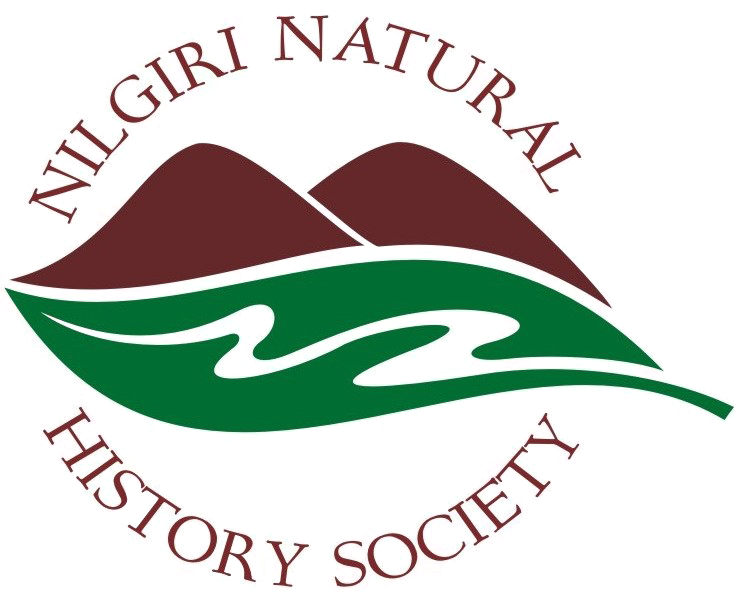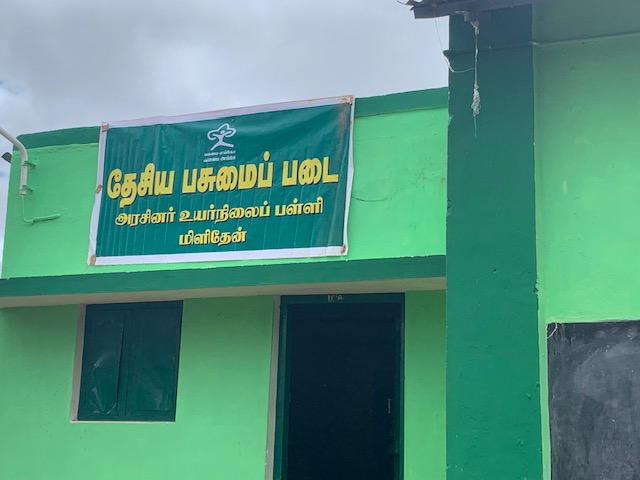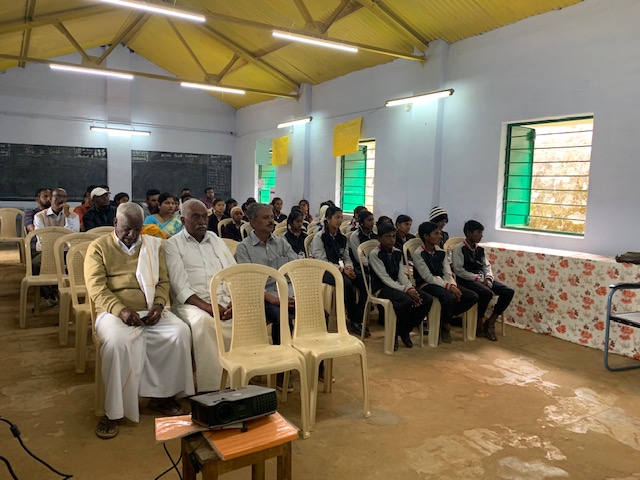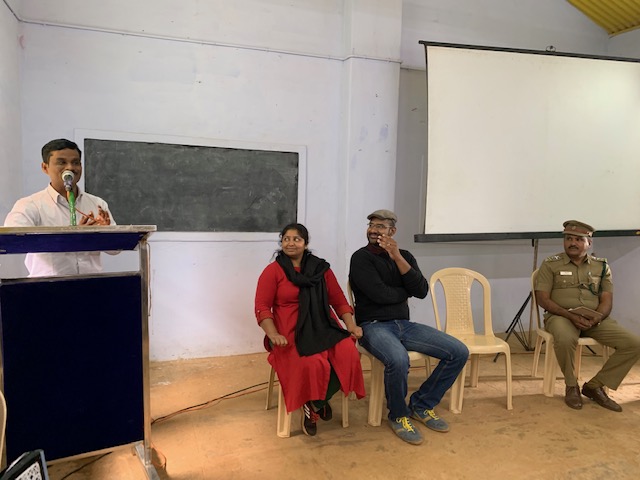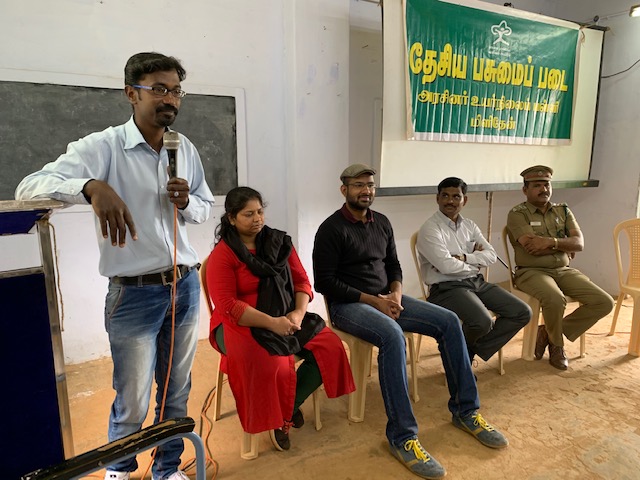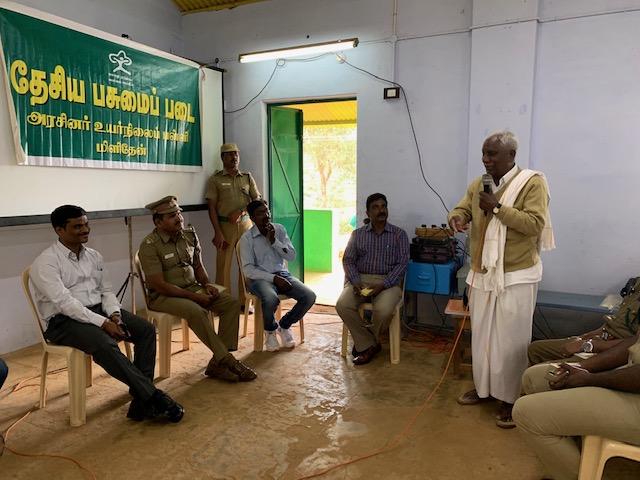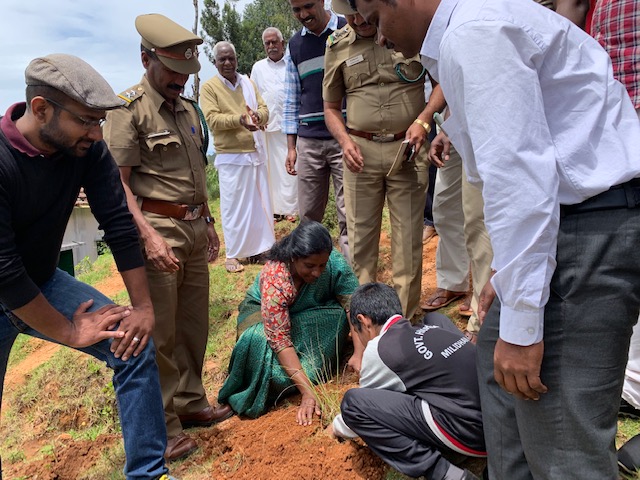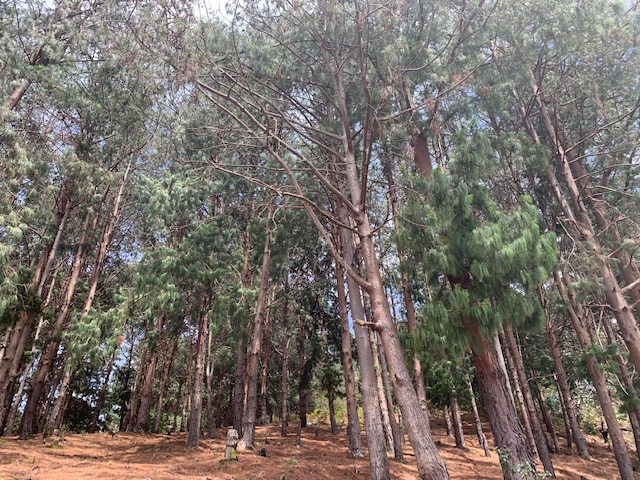On 28th August ,2019, Milidhane Government High School heard multiple voices of the land, speaking in unison, for the land, in the Nilgiris landscape.
Nilgiri Natural History Society (NNHS), Kotagiri Citizens Collective (KCC), Karuvi and Beru, along with support from the Milidhane community and school administration came together for a half day workshop on mainstreaming community led ecological restoration. The DFO of Nilgiris, Mr. Gurusamy was the chief guest for the event. The event also saw attendance from other forest officials. Milidhane community elders, school students from classes 6 till 10, parents of children, and members of volunteer groups from the Nilgiris also attended the event.
The event schedule included a book reading from Vasanth Bosco, of Upstream Ecology, from his latest book, ‘Voice of a Sentient Highland’, followed by a panel discussion on ecological restoration. The panel consisted of Mr. Vasanth Bosco, Mr. Cyril Henry from Karuvi, Ms. Shiny Mariam Rehel from Keystone Foundation, DFO of Nilgiris, Mr. Gurusamy and Ranger of Kotagiri, Mr.Sreenivasan.
Milidhane school headmaster, Mr. Jayraj welcomed the gathering and introduced all the panelists and organizations involved in getting this workshop together. Next, Vasanth spoke about the focus of his book, why he believed the land was sentient and what it had to offer to our current day environmental ills. He then went on to read a few passages from his book, relating to the soil and water of the land. He spoke about how the soil was rich in organic carbon which helped in better water retention by increasing the macro porosity of the soil. The natural vegetation of shola forests and montane grasslands helped in maintaining the water cycle and in sequestering carbon, he added.
The chief guest, Mr. Gurusamy spoke about the need for restoration, about initiatives and plans the department is taking within forest areas in Nilgiris and appreciated the community interest in doing this in non-forest areas. He also urged the students to get motivated and be the face of action in these trying times.
The next order of business was the panel discussion, facilitated by NNHS co-ordinator Ms. Sharada Ramadass. She began with her first question directed at Vasanth on why the need has arisen today for restoration in the Nilgiris context and causes for the present day scenario. In response, Vasanth delved into the history of the landuse change from the shola grassland mosaic to wattle, eucalyptus and tea plantations and how that had deteriorated the soil quality. Shiny added about the history of exotics and invasives and how they found their way into the landscape – innocently as ornamentals or intentionally as plantations and the natural methods of seed dispersal and other propagation that make them invasive in this landscape. Mr. Gurusamy then shared the history of the forest action plans in Nilgiris, pre- and post independence and how the economic need of a free India turned our forests into economical stands of plantations for timber, paper and others. He assured the audience about current efforts within the FD on reversing the trend by removing plantations and planting native species instead. He also shared the FD’s vision of restoration completion within the Nilgiris forests by 2030/2035. Ranger Sreenivasan emphasized about the importance of people’s support in handling issues such as wildlife conflicts which was on the rise. He reiterated how it was important on the part of the community to keep their surroundings clean so as to not attract wild animals. Mr. Cyril, upon being asked how he organized community for restoration initiatives, pointed to the young and fresh faces of the students and asserted that they were the future generation that he always tapped into, to make a change for a better future.
Ms. Sharada then broached the question of how to undertake restoration with the scientific principles in place and how to make it context and landscape relevant and appropriate. Vasanth mentioned about the complex mosaic that was a unique feature of the Nilgiris landscape – where forests included both tree stands of shola in the valley folds and grasslands on the hill slopes, not to mention the very important wetlands and marshes in the valleys and depressions. It was therefore important to understand your landscape well enough to know its past vegetation history before undertaking any restoration, he said. Shiny cited the process they adopted in restoring a wetland shola patch complex called Happy Valley. She mentioned how they looked at past history records from people and the landscape geography, involved community from the start and invested time and effort in monitoring the region for over 3-5 years after the restoration. She also cautioned about challenges one could expect from communities who might not be convinced, at the onset, about the restoration success or who might be concerned that it will bring wild animals closer to their habitation.
The floor was then opened for questions from the audience. Local elders from the village put forth their concerns on why old eucalyptus plantations done with FD support were not still removed by the department. They also requested FD support in resolving some wildlife interaction issues. A student raised the question on how ecological restoration should be undertaken by the younger generation and the DFO was encouraged the youngsters to join hands and participate actively in their local community-led efforts. The school and the local community also expressed interest in restoring about 15 acres of pine forest lands that were attached to the school and requested the governing bodies involved to support them in this initiative.
After a vote of thanks delivered by Prakash Bettan of KCC, the workshop concluded with the planting of a few native Chrysopogon grasses within the school campus to kick off the restoration initiative. With such community-led restoration initiatives, the future holds much promise for the landscape.
(Thanks to all members of organisations involved who supported in making this possible)
(By Sharada Ramadass, for NNHS)
